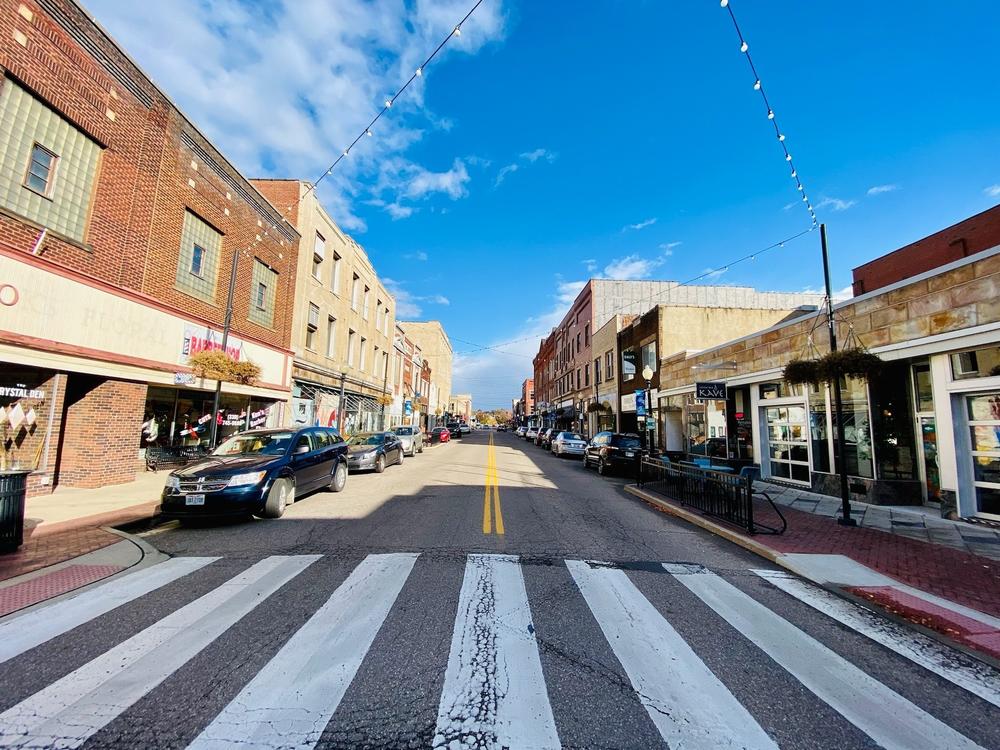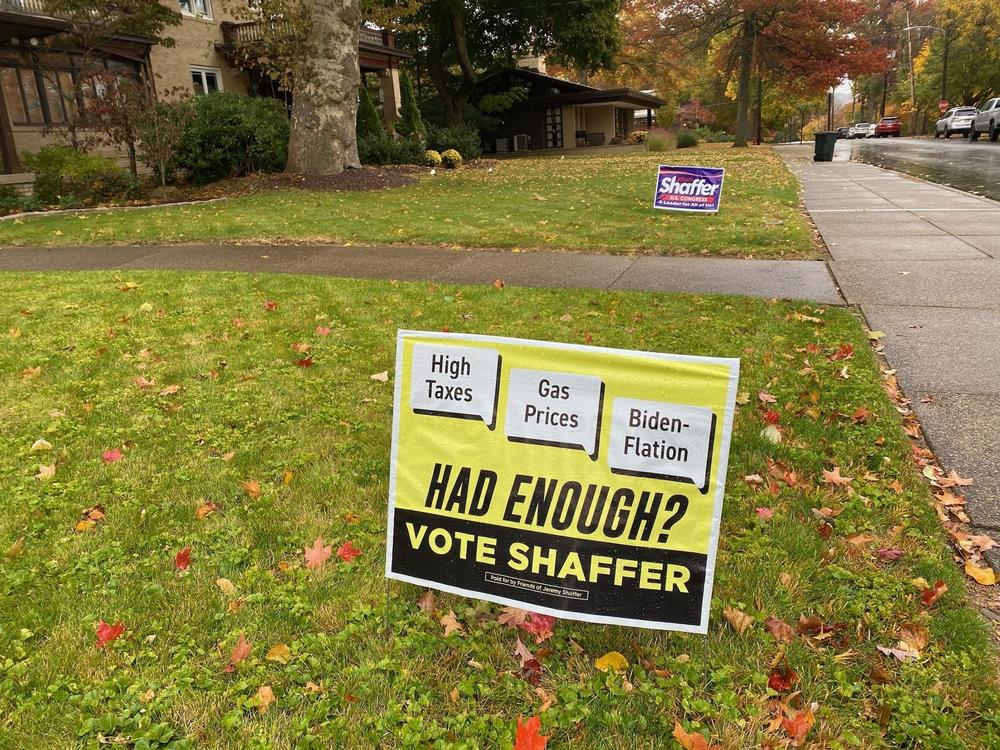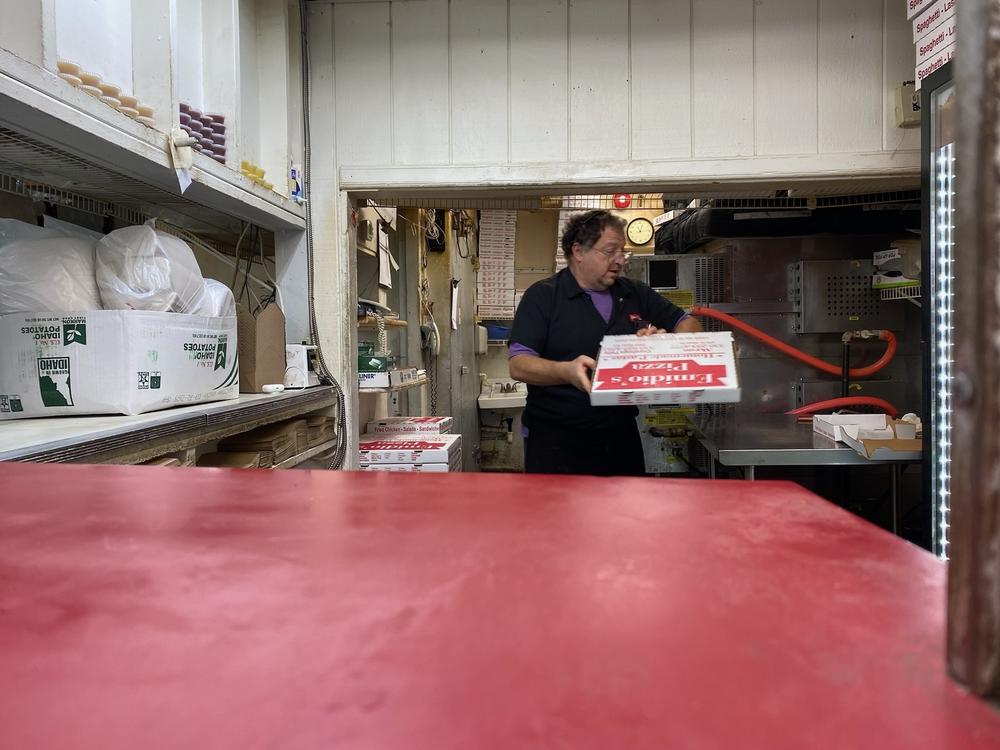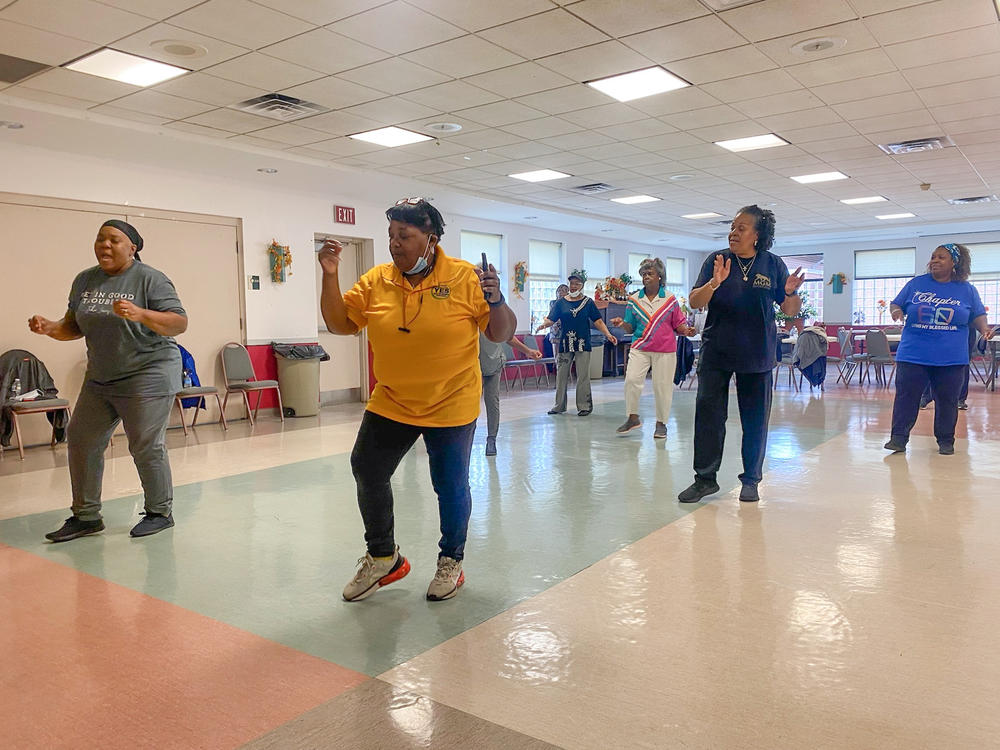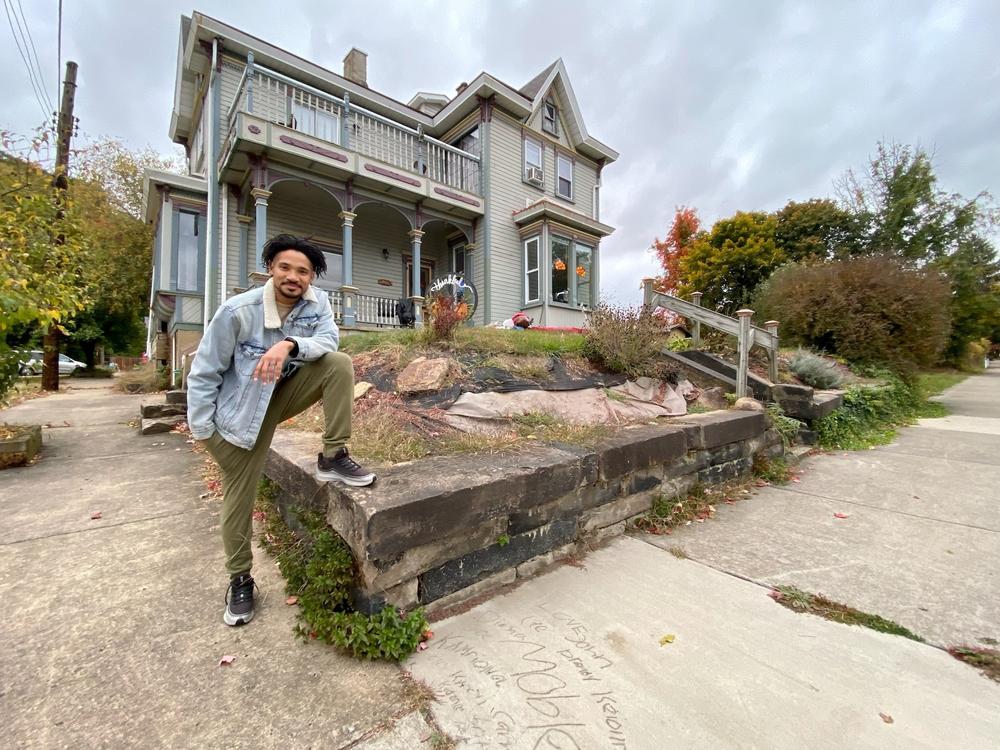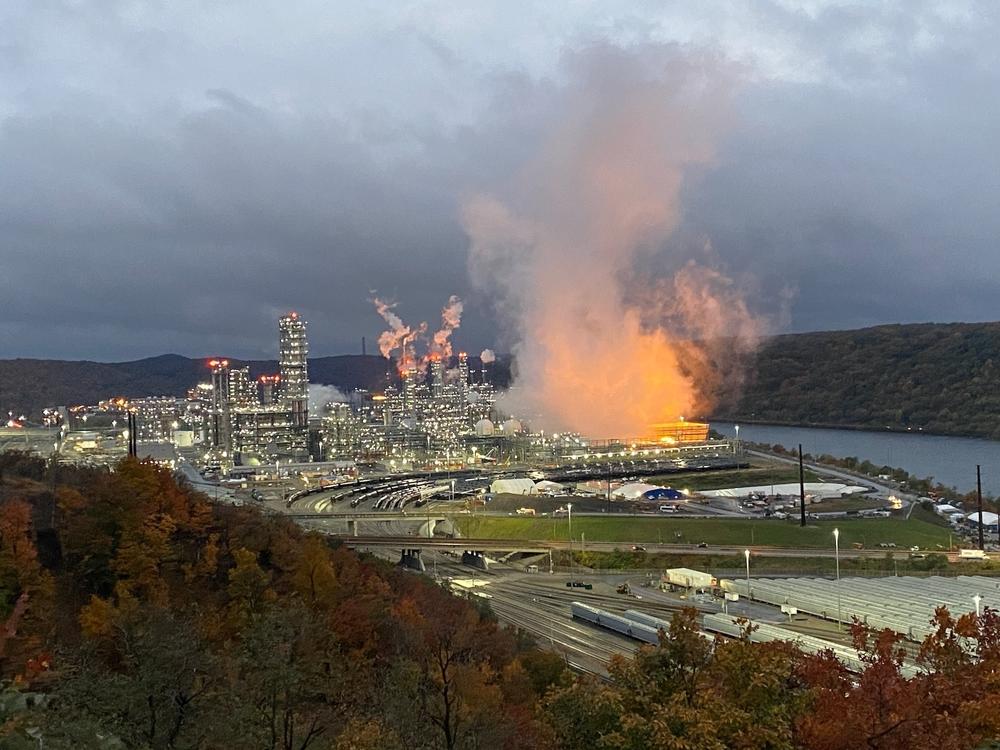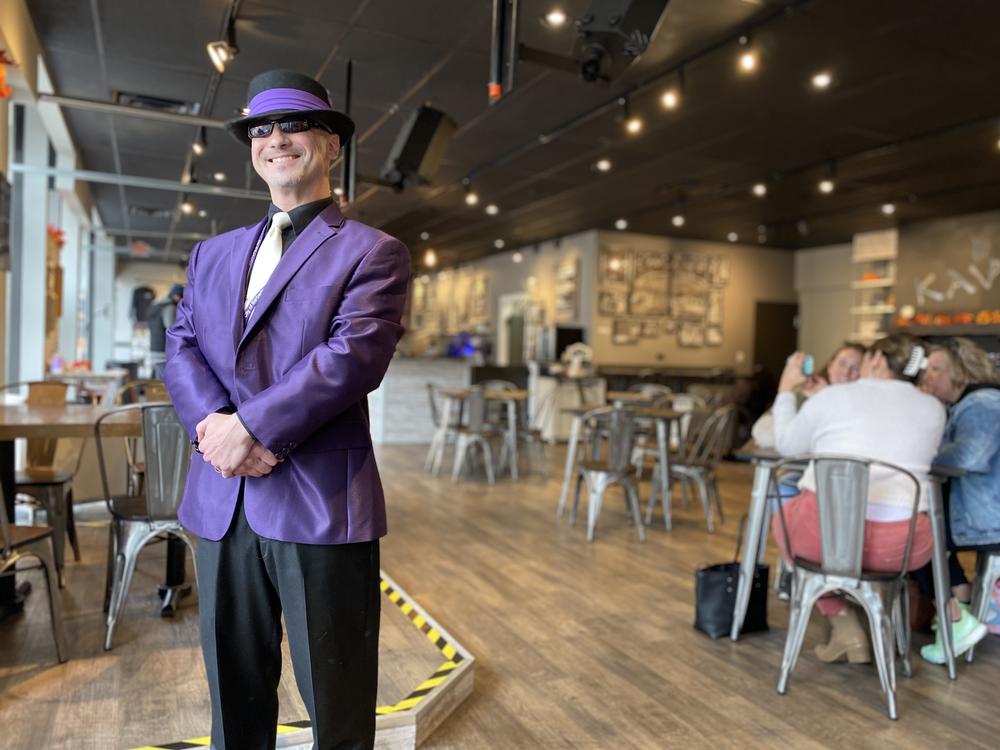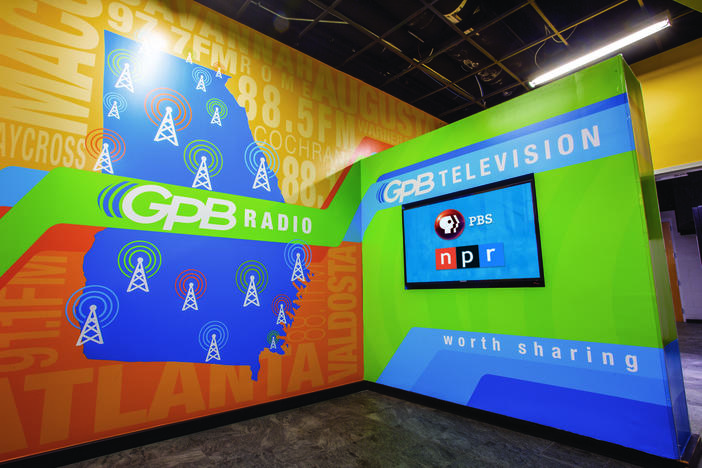Section Branding
Header Content
Ohio and Pennsylvania voters aren't reading from their assigned scripts
Primary Content
Voters in two districts have a chance to decide control of Congress this fall. They're inundated with ads and speeches. Yet interviews in those districts in Ohio and Pennsylvania found many voters not necessarily thinking through the issues as their parties would prefer.
Some Democrats voiced concerns about crime and inflation — issues Republicans highlight. Abortion rights supporters are motivated by a Supreme Court ruling — but so are abortion opponents. Republicans prepared to vote even as some talked of a successor to former President Trump, or criticized the attack on the U.S. Capitol on Jan. 6, 2021.
NPR's Morning Edition visited these two districts because each has a hotly contested House seat — and is in a state with a close Senate race.
The Senate candidates are all distinctive: In Pennsylvania, a former small-city mayor and lieutenant governor (John Fetterman) faces a TV host (Mehmet Oz); in Ohio, a writer and venture capitalist (J.D. Vance) contends against an old-style Rust Belt Democrat (Tim Ryan).
For the House, Ohio's 13th District features a state legislator (Democrat Emilia Sykes) against a former campaign staffer and former Miss Ohio (Republican Madison Gesiotto Gilbert). In Pennsylvania's 17th District, a business owner (Republican Jeremy Shaffer) faces an Iraq war veteran and lawyer (Democrat Chris Deluzio).
Our focus was less on the candidates than the people they would represent. We interviewed more than 40 people, ranging from local politicians to voters found door to door. We asked open-ended questions: What concerns do you have about your community and your country?
You can hear many of their answers at the audio links above — and find four key insights below.
The economy is the center of conversation
Many Democrats would like this election to center on preserving democracy — and for some voters, it's top of mind.
Richard Kramer of Akron said he'd been watching coverage of the Jan. 6 hearings on MSNBC, and found it "so very frightening that we came so close to losing it all."
But other issues felt more immediate to many. In a community center in West Akron, several members of a senior citizens' dance class said they were concerned about shootings on urban streets and inflation.
"A bucket of chitlins," said Margaret Bush, "used to be $8.99. ... Now they're $24.99."
Several in the room plan to vote for Democrats — but their concerns reflected issues Republicans have campaigned on.
Beaver, Pa., is prosperous: Unlike many smaller cities, the downtown stores are mostly occupied, and stunning historic homes line a park overlooking the Ohio River.
But at the downtown grocery, owner Mark Ondrusek said the numbers no longer add up for him: "My labor is up 30 to 40% versus four years ago. The cost of everything — utilities, electric, gas — every vendor is tacking fuel charges onto the bills."
Ondrusek, who leans politically right, plans to vote for Oz for Senate even while dismissing him with faint praise as "a politician" who "means well."
These two districts are complex
It's easy to stereotype both Pennsylvania and Ohio: demographically, both are older and whiter than the country as a whole and can seem to reflect an earlier time in America. Republicans have a slight advantage because they draw more support from older and white voters.
Yet the districts we chose reflected some diversity.
Beaver Falls, Pa., recently elected Kenya Johns its first Black mayor. Akron is trying to make up for its population loss by welcoming immigrants and refugees.
Akron's newcomers build on the foundations laid by immigrants who came before. A former Italian center in Akron, built in the 1930s, when European migrants were drawn to Akron's rubber plants, is now called the Royal Palace: refugees from Bhutan have turned it into a South Asian-style wedding hall.
Diversity may affect the election in various ways. In Akron, Hsa Win is a refugee from Southeast Asia — one of the Karen people who have settled there in some numbers.
"I became a U.S. citizen in 2019 and also voted for the first time in the 2020 elections," he told us. "I have already planned for this Nov. 8: I'm going to take two friends."
Diversity also stirs some anxiety. Deborah Lewis said she was concerned about the loss of free speech — and when asked how that might be reflected in her daily life, she said it was difficult for Christians born in the U.S. to communicate with immigrants from other backgrounds without feeling "restricted."
We also met people struggling to collaborate regardless of party, background or belief. Elected officials in both places seemed determined to avoid partisan remarks — especially officials in smaller cities, where their work demands that they get along with neighbors who disagree. Some local officials welcomed us to town but declined to talk politics at all.
Party lines and district lines mean a lot
Our interviews revealed signs of what millions of dollars worth of campaigning has and has not accomplished. Many people have heard or seen campaign ads. Several people have seen the candidates in person. Some voters are deeply conversant with issues.
But most seemed to have little idea who was running, especially for the House. Many seem likely to cast ballots along party lines. Even better-informed voters seem to feel compelled to vote this way.
In Beaver Falls, Joline Atkins says she likes her party's congressional candidate, but "I would be voting Democrat anyway. ... I would love to be able to say I'm voting for the person, but there's just too much at stake. I can't do that." Atkins thinks of climate change and abortion, among other issues.
Because many people vote along party lines, it matters where the House district lines are drawn.
Pennsylvania's 17th has long been a swing district — mixing the Pittsburgh suburbs in Allegheny County with more conservative rural areas. Ohio's 13th has long been a Democratic stronghold, but redistricting for this year's election reshaped the district and made it a toss-up.
Some Republicans don't want Trump to run again
Few voters seemed inclined to make the election about Donald Trump, but the former president is on their minds. While Trump still has many devoted supporters, it's common to hear frustration or impatience.
In Barberton, Ohio, Republican city council member Thomas Heitic suggested he'd like a president who's under 70.
"The Constitution says you have to be 35 for president," he said. "It doesn't say 35 times two."
Asked about Trump's attempt to overturn his 2020 election defeat, Heitic recalled an instance in his own career when he lost an election.
"I didn't blame anybody," he said. "I didn't look at the Board of Elections and demand a recount. I looked at myself and said, 'How can I do better the next run?' "
Outside Hartville, Ohio, a woman who asked that we use only her first name, Glenda, said she first became a Republican during "the election when Trump came on board. And I'm not saying I like Trump. I don't like what's happening in our country right now."
She voted twice for Trump, but "after Jan. 6, I just don't trust him ... I never dreamed in a million years he would do something like that ... I won't vote for him again."
She nonetheless remains a Republican — and says she will vote for Republicans in this fall's election, which could return Congress to the control of Trump's party.
The audio for this story was produced by Lisa Weiner and edited by Ally Schweitzer.
Copyright 2022 NPR. To see more, visit https://www.npr.org.
